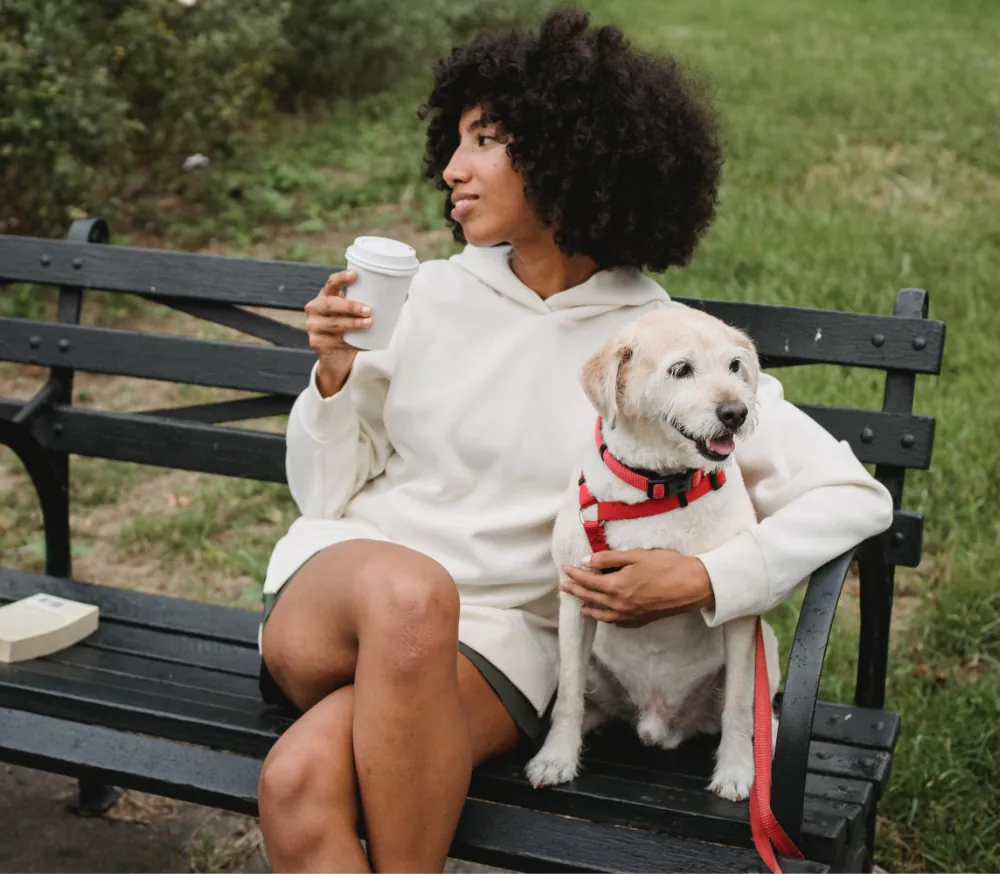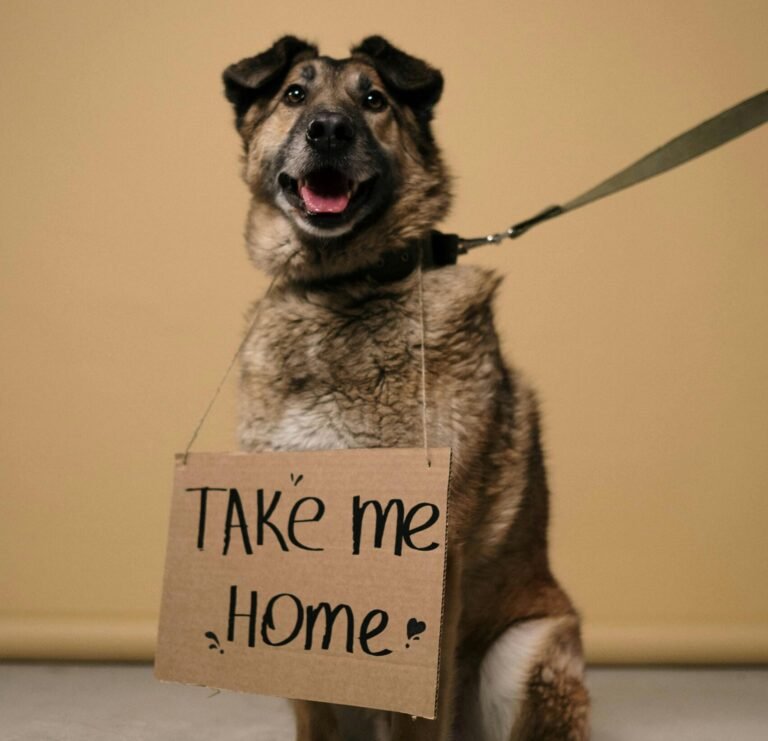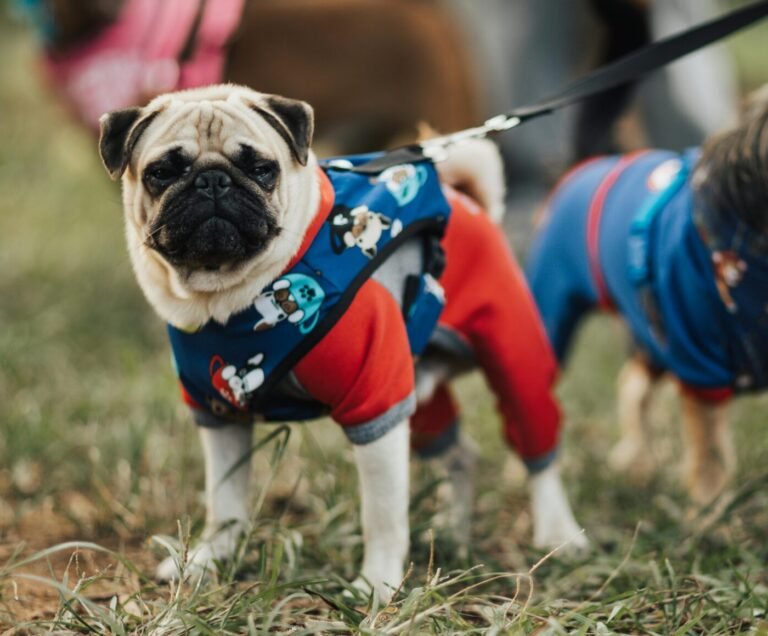By PetShopHub.com
Training your dog is one of the most important parts of being a responsible pet owner. Not only does proper training help prevent behavioral problems, but it also strengthens the bond between you and your furry companion. Whether you’re a new dog owner or looking to improve your dog’s behavior, these 10 essential training tips will set you on the path to success.
Let’s dive into these tried-and-tested training strategies to help your dog become a well-behaved and happy family member!
1. Start Training Early
The earlier you begin training your dog, the better. Puppies are more adaptable to learning, but adult dogs can be trained too with patience and consistency. Early training helps establish good habits that last a lifetime.
- Tip: Begin with basic commands like “sit,” “stay,” and “come” as soon as you bring your puppy home. For adult dogs, focus on re-establishing basic rules.
2. Be Consistent with Commands
Consistency is key in dog training. Use the same words for commands every time and ensure all family members do the same. This helps your dog understand what is expected of them.
- Tip: Choose simple, clear words like “sit,” “stay,” “leave it,” or “down.” Repetition will reinforce these commands in their mind.
3. Use Positive Reinforcement
Dogs respond well to positive reinforcement — rewarding good behavior with treats, praise, or toys. This method encourages them to repeat the desired behavior.
- Tip: Always reward your dog immediately after they perform the desired behavior. The faster the reward, the better your dog will associate it with the action.
4. Keep Training Sessions Short and Fun
Dogs have short attention spans, especially puppies, so keep training sessions brief — about 5 to 10 minutes at a time. End each session on a positive note with a treat or praise to keep your dog engaged and motivated.
- Tip: Make training fun by incorporating games or toys into sessions. This keeps your dog interested and excited to learn.
5. Socialize Your Dog Early
Socialization is an essential part of dog training. It helps your dog become comfortable around different people, animals, and environments, which prevents fearful or aggressive behavior later on.
- Tip: Expose your dog to new experiences, such as meeting other dogs, walking in busy areas, and encountering new noises. Positive experiences during socialization build confidence and calmness.
6. Set Clear Boundaries and Rules
Dogs need clear boundaries to understand what is expected of them. Establish rules like where they can sleep, whether they’re allowed on furniture, and where they can go in the house.
- Tip: Be firm and consistent with the boundaries. If your dog is not allowed on the furniture, never allow them up, even once. Inconsistent rules can confuse your dog and hinder training.
7. Use a Crate for House Training
Crate training is one of the most effective methods for housebreaking your dog. It teaches them to hold their bladder and creates a safe space for them to relax in.
- Tip: Make the crate a positive experience by making it comfortable with a bed and some toys. Never use the crate as punishment, as this can lead to anxiety or fear of the crate.
8. Exercise and Mental Stimulation Are Key
A tired dog is a well-behaved dog! Regular exercise helps release pent-up energy, making it easier for your dog to focus during training sessions. Mental stimulation, such as puzzle toys or scent games, can also tire them out.
- Tip: Take your dog on daily walks, play fetch, or engage them in problem-solving games. This can help improve behavior by reducing anxiety and restlessness.
9. Avoid Punishment-Based Training
Punishment-based training, such as yelling or using shock collars, can be harmful and may lead to fear, anxiety, or aggression. Instead, focus on redirecting negative behavior with positive reinforcement.
- Tip: If your dog is doing something undesirable, redirect their attention to an acceptable behavior, such as sitting or playing with a toy, and reward them when they comply.
10. Be Patient and Persistent
Training your dog is a long-term commitment that requires patience and persistence. Don’t expect immediate results, and remember that every dog learns at their own pace. Stay positive, be patient, and enjoy the journey.
- Tip: If you’re struggling with a particular behavior, break down the steps into smaller tasks and focus on one at a time. Consistency and patience will pay off.
🐾 Conclusion
Training is a vital part of a dog’s life and your relationship with them. By following these 10 essential training tips, you’ll set your dog up for success while creating a happier, healthier, and more obedient companion. Whether you’re teaching a puppy or an adult dog, remember that patience, consistency, and positive reinforcement are the keys to success.
Are you ready to start training your dog? Visit PetShopHub.com for the best training tools, from leashes and collars to interactive toys and training aids!









